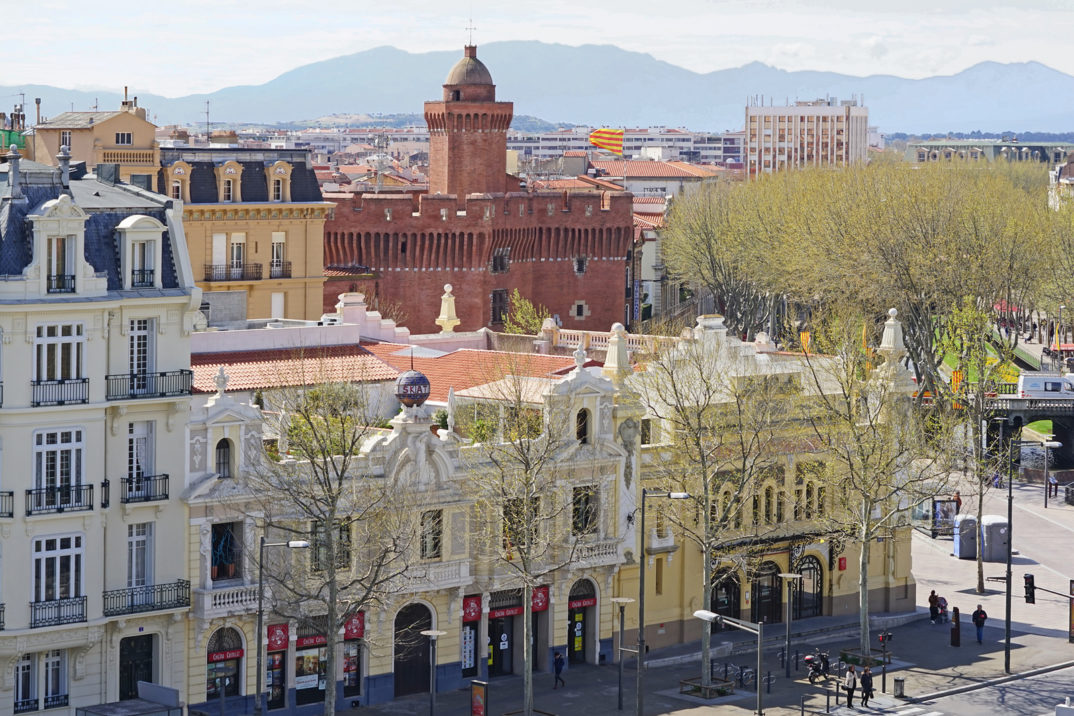What is the Cultural Cost of Urban Development?
In the Saint Jacques district of Perpignan, France, a group of Catalan Gypsies (“les gitans”) made a stand last August for the preservation of their deteriorating historic neighborhood. The city wanted to demolish and replace hundreds of buildings for the sake of the health and safety of these residents, but the residents argued that their cultural connection to the architecture was worth more than the benefit of modern buildings. The city backed down, but there is no reason to believe that the issue is settled. As buildings in cities all over the world begin to show their age, and as municipal governments realize that these picturesque neighborhoods are among their most treasured assets, the challenge of balancing heritage and progress is becoming increasingly relevant. What should cities be doing to preserve their cultural monuments while people are living inside?
The question is especially challenging because both sides claim to have the residents’ best interests at heart. The situation stands in contrast with reports of extremist religious groups such as the Taliban and ISIS (though these actions are not exclusive to Islamic fundamentalists) destroying the artifacts of other religions. Instances of such deliberate destruction are more easily dismissed as brazen acts of cultural violence and among the most obvious forms of religious intolerance. In the Perpignan case, it is not a question of positive or negative intent, but how that intent can be directed towards ethical ends.
It is important to realize that this case is not an isolated one. Similar stories ranging from embarrassing to tragic have come out of Greece, Belize, and especially China. The Chinese government has even undertaken a massive survey of its historic sites, completed in 2011, which documented the loss of at least 30,000 historic sites since 1982.
The most immediate point of debate can be reduced to a question of progress against preservation. One of the premises upon which Western civilization has operated for generations is that there are real, tangible benefits to continuous progress and development. While this is not exactly self-evident or irrefutable, there certainly is a good deal of evidence to support the notion. Metrics like infant mortality and life expectancy saw dramatic improvement in the United States over the course of the 20th century as a result of advances in medical technology and agricultural production as well as general economic prosperity. Architecture also has a role to play in the march of progress. Modern buildings can be healthier and safer for residents, more sustainable, and cheaper and easier to maintain.
On the other hand, the aesthetic and historical value of a building or neighborhood should not be overlooked. The architecture of a city lends it its character and ethos. If we are too quick to replace older buildings, we lose a sense of continuity and place.
Another concern is gentrification, the process in which renovations in a neighborhood cause increases in rent and drive out lower class residents. This is especially true when a neighborhood is associated with a disenfranchised people, as is the case in Perpignan. Some of the Perpignan residents quoted in Adam Nossiter’s article maintain that, rather than improve their living conditions, the city plans to hurry along their displacement: “If there is more demolition, they are going to kick us all out,” says Josiana Caragol.
The decision to replace historic neighborhoods can also have a lasting impact on the future of the city itself. A city that that allows for or actively supports new development is a living landscape, one which keeps pace with modern society and current events. If too much of a city is left unchanged in the name of historic preservation, the city risks turning itself into a veritable museum, becoming inhospitable to working residents and attracting only wealthy tourists. This sort of trend is especially visible in cities like Venice, sometimes referred to as an “open-air museum” rather than a real city. Many European “old cities”, usually the oldest districts of modern metropolises like London and Berlin, experience similar effects, becoming affordable only for tourists and the wealthiest of residents. While such a fate can bring in much-needed revenue and help educate foreigners about a city’s culture, it also results in a stagnant, dependent economy that does more harm than good to the city’s working population.
A final question to consider is one of personal agency. In trying to do what is best for a group of people, does a city or government have the right to act against the will of the people? This issue lies at the heart of many government policy decisions. Does the government have the responsibility to protect people from themselves? And would the situation be different depending on who owns the buildings the government is planning to replace? In Greece, the situation is somewhat the opposite of what is happening in Perpignan: to avoid high property taxes, homeowners are intentionally destroying 19th-century homes and replacing them with modern ones. Can the government intercede and prevent the destruction of private property in the name of common cultural good? In all cases, the decision rests in part on the extent to which public interest can determine the fate of private citizens.





